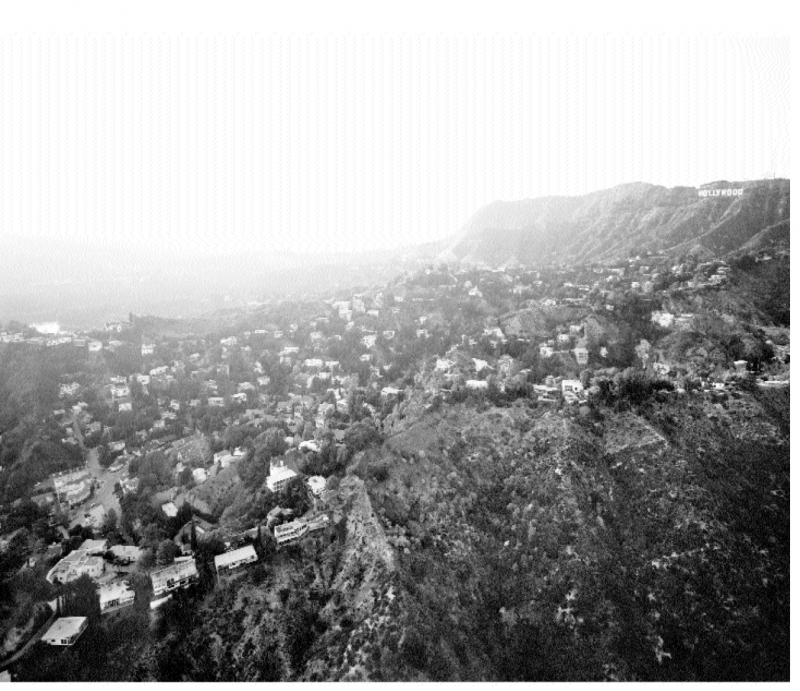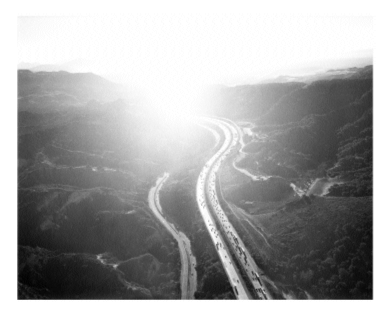Continued from Part One
A SEVENTH WAY: AS NEARLY INFINITELY ABUNDANT
The place is rapidly … sinking into a Blade Runner dystopian futurism…. The air is unbreathable, the water undrinkable, the transit system impenetrable….
—Time Out Los Angeles Guide
(the guide I purchased upon moving here in 1998)
L.A. County spreads out over 4,084 square miles. It is the second largest U.S. metropolis (after New York) by size and population: more people live in the entire four-county greater Los Angeles area than in each of the least populous forty-two states. L.A. ranks as the largest U.S. industrial center and hosts the nation’s busiest port. I live in a world Valhalla for wealth and consumerism. The nearly incomprehensible quantity of people’s connections to nature in L.A. could mobilize a light infantry of nature writers. And all this nature is of such critical importance because these connections—how we use and move and transform nature here—entail enormous consequences for places in the U.S. and throughout the world.
There has been Walden Pond, and there have been John Muir’s Yosemite and Annie Dillard’s Tinker Creek and Barry Lopez’s Arctic. And on the reimagined map of nature writing, there should be Los Angeles—and not just because nature is so wildly abundant here, and what happens to it so globally consequential. L.A. is also the place where the failures of our stories have played out in such exaggerated form, and where the usefulness of really seeing nature is perhaps most urgent. Because L.A. has always enjoyed an especially dramatic relationship to nature, to stories, and above all, to nature stories.
AN EIGHTH WAY: AS EXCEPTIONALLY ICONIC
Since the start of the ’90s… many of us [were left] with the distinct impression that… maybe the Four Horsemen were using the L.A. basin to warm up before riding on to the actual Apocalypse.
—Time Out Los Angeles Guide
Has any city engendered more enthusiastic myth-mongering? In L.A.’s special, unstoppable, even psychotic tradition of storytelling, we’ve tended to state the powerful vision of nature as a place apart, like most grand American tales, in especially dramatic style. After all, who asks, “Is there nature in New York?” or “Is there nature in Chicago?” One might say that New York and Chicago and Pittsburgh have little nature, but L.A., we like to say, has none at all. Not one whit: L.A. has long symbolized all other cities as places where nature is not.
*
Rain… usually [leaves] people stranded atop their vehicles or entombed in sinking homes.
—The National Geographic Traveler: Los Angeles

You have reached your article limit
Sign up for a digital subscription and continue reading all new issues, plus our entire archives, for just $1.50/month.
Already a subscriber? Sign in





